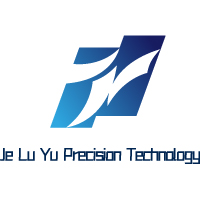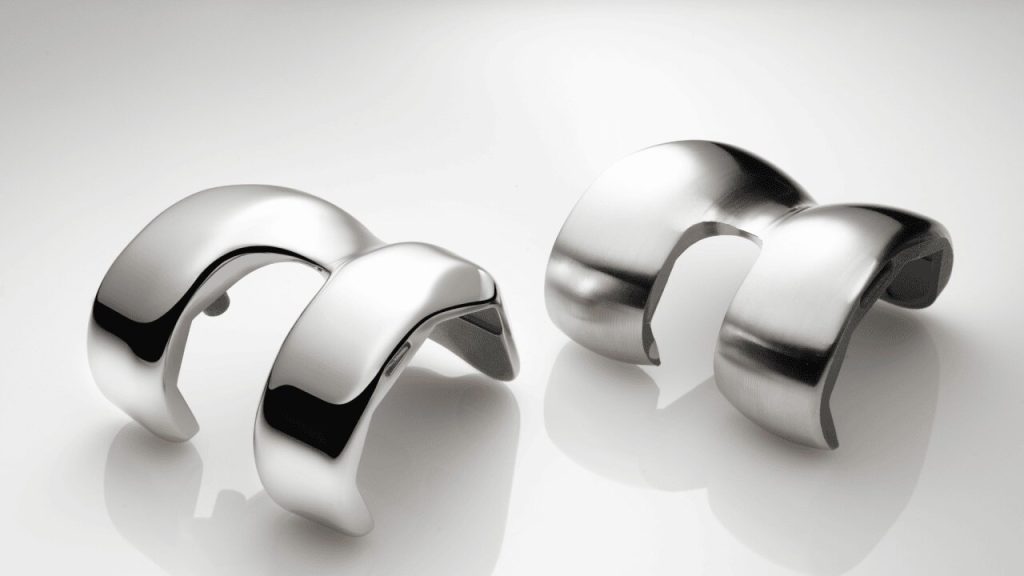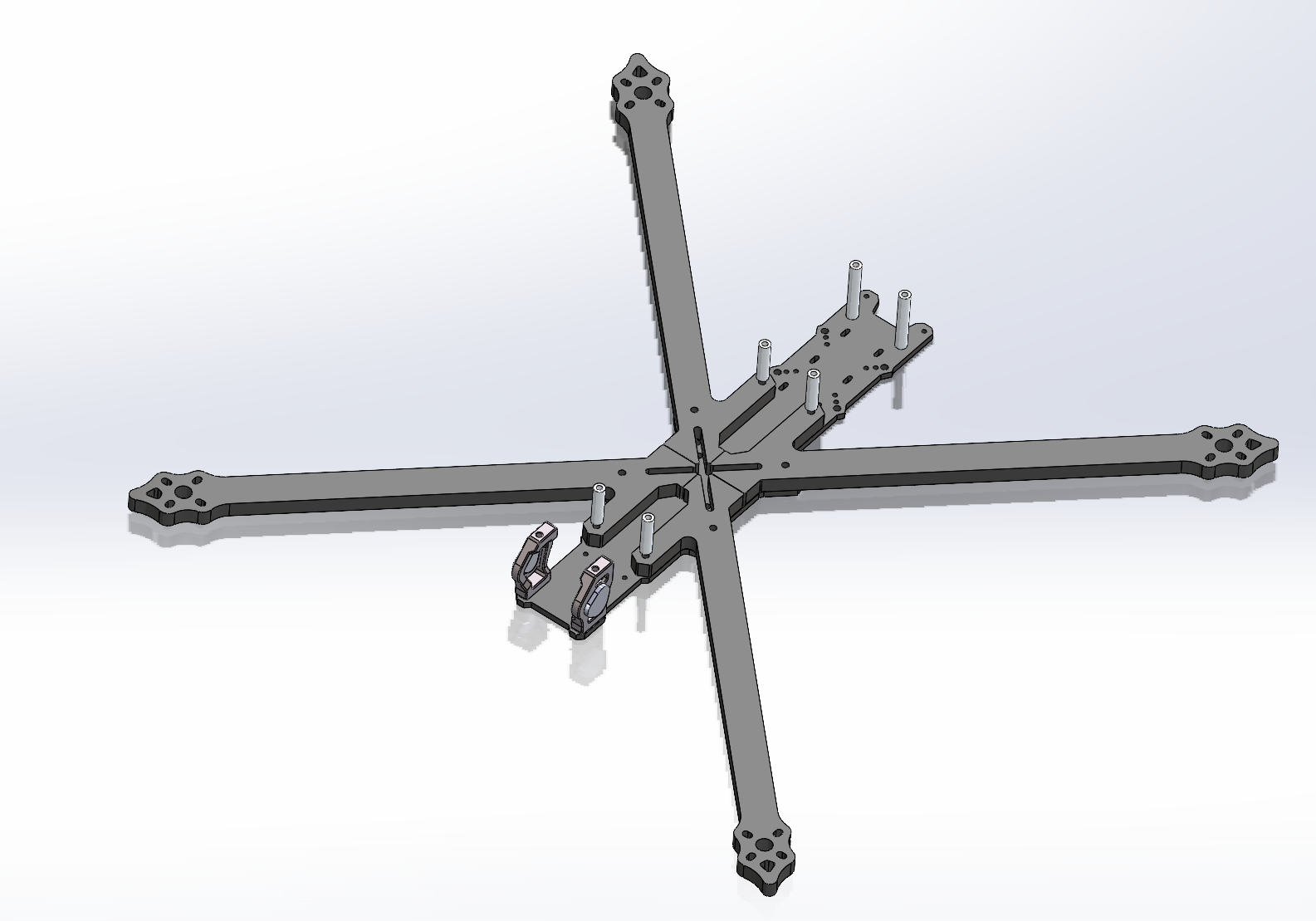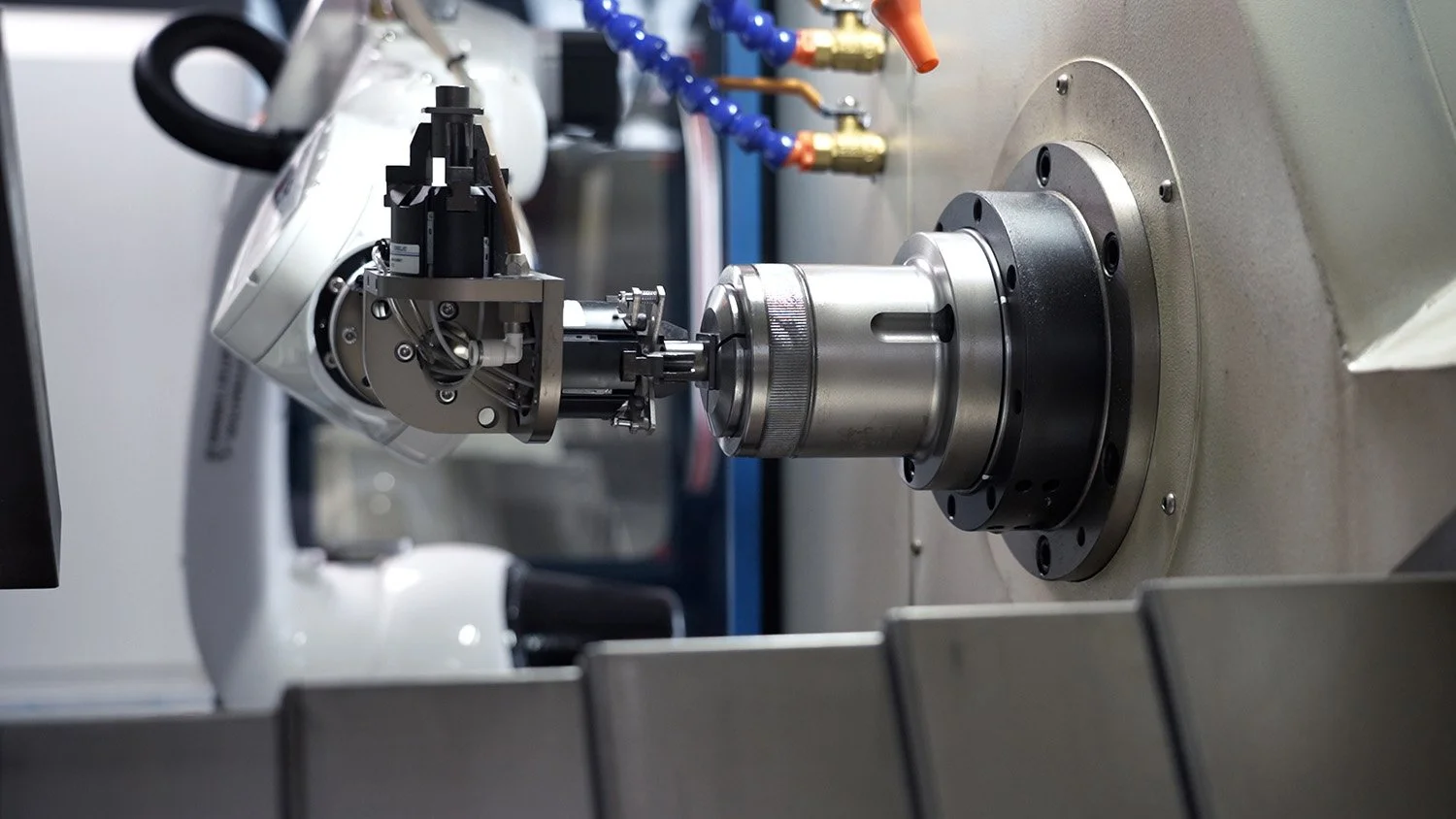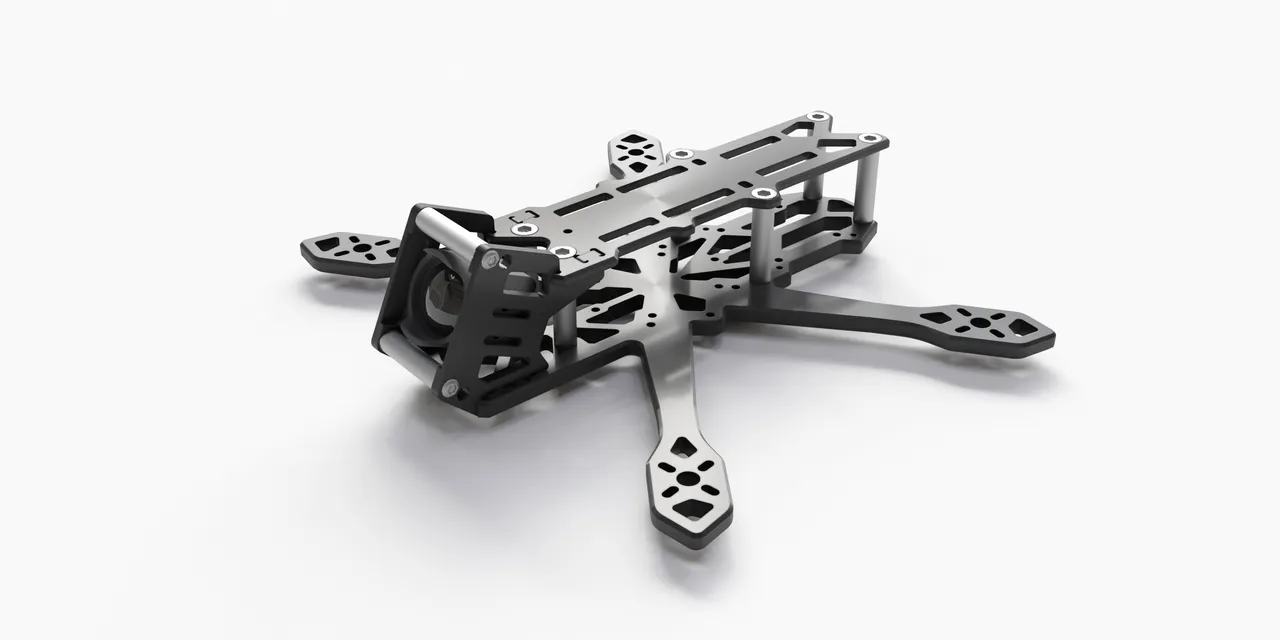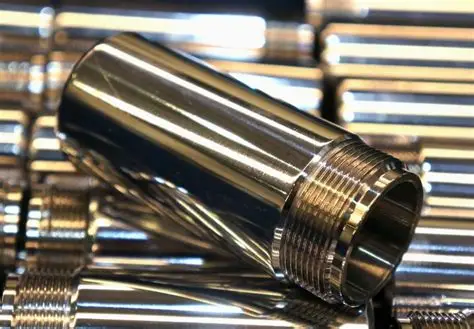Precision Surface Finishing for Medical Device Components: Enhancing Performance and Patient Safety
Introduction to Medical Device Surface Finishing
Surface finishing for medical device components represents a critical manufacturing process that significantly impacts device performance, biocompatibility, and long-term reliability. In the highly regulated medical industry, where component failure can have dire consequences, precision surface treatments transform machined parts into devices that meet stringent regulatory requirements and perform flawlessly in clinical applications. The global market for medical device surface finishing continues to expand rapidly, driven by increasing demands for minimally invasive devices, implantable technologies, and equipment requiring exceptional cleanability and corrosion resistance.
Surface finishing processes for medical components must achieve more than just aesthetic improvement—they must create surfaces that resist bacterial adhesion, withstand repeated sterilization cycles, function reliably within the human body, and meet precise dimensional tolerances. The selection of appropriate finishing techniques requires sophisticated understanding of material science, process engineering, and physiological interactions.
The Critical Importance of Surface Finishing in Medical Applications
Why Surface Quality Matters in Medical Devices
Medical device components require exceptional surface properties for several crucial reasons:
Table: Key Surface Properties for Medical Devices and Their Clinical Significance
| Surface Property | Clinical Importance | Affected Device Types |
|---|---|---|
| Surface Roughness (Ra) | Influences bacterial adhesion, tissue response, and cleanability | Implants, surgical instruments, diagnostic equipment |
| Biocompatibility | Determines biological response and tissue compatibility | Implants, devices contacting blood or tissues |
| Corrosion Resistance | Ensures longevity and prevents metal ion release | Implants, surgical tools, sterilization containers |
| Wear Resistance | Maintains functionality in moving assemblies | Orthopedic joints, surgical mechanisms, delivery devices |
| Hydrophobicity/Oleophobicity | Reduces protein adhesion and biofilm formation | Diagnostic components, fluid handling systems |
Regulatory Considerations
Medical device surface finishing must comply with stringent regulatory standards:
-
FDA Requirements: Surface characterization and validation data for 510(k) and PMA submissions
-
ISO 13485: Quality management systems for medical devices
-
ISO 10993: Biological evaluation of medical devices
-
EU MDR: European Medical Device Regulation requirements
-
Cleanliness Standards: Ensuring removal of manufacturing residues and contaminants
Advanced Surface Finishing Technologies for Medical Components
1. Abrasive-Based Finishing Processes
Mechanical finishing methods provide precise control over surface topography:
Micro-Abrasive Blasting
Micro-abrasive blasting uses fine abrasive media to achieve controlled surface textures:
-
Media Types: Glass beads, aluminum oxide, bicarbonate, walnut shells
-
Process Parameters: Pressure (5-6 kg/cm²), distance (100-150 mm), angle (80-90°)
-
Applications: Implant surface texturing, instrument finishing, mold preparation
-
Benefits: Consistent matte finishes, minimal dimensional impact, cleanability improvement
Vibratory Finishing
Vibratory finishing provides high-volume processing of medical components:
-
Media Selection: Ceramic, plastic, or organic media based on application requirements
-
Process Considerations: Compound chemistry, time cycle, amplitude settings
-
Applications: Deburring, radiusing, surface smoothing of multiple components
-
Advantages: Batch processing capability, uniform results, cost-effectiveness
2. Electrochemical Finishing Processes
Electrochemical methods offer precision without mechanical contact:
Electropolishing
Electropolishing anodically dissolves surface material to produce exceptional smoothness:
-
Process Parameters: Current density (1.6-2.2 A/dm²), voltage (1.4-1.7 V), temperature (50-80°C), time (6-14 minutes)
-
Materials: Stainless steel, cobalt-chromium alloys, titanium
-
Benefits: Micron-level material removal, improved corrosion resistance, deburring
-
Applications: Surgical instruments, implants, fluid path components
Electrochemical Machining (ECM)
ECM provides precision material removal without tool wear:
-
Capabilities: Deburring, contouring, and polishing of complex geometries
-
Applications: Internal passages, intricate features, difficult-to-access areas
-
Advantages: No thermal damage, no tool forces, high precision
3. Specialized Medical Coating Technologies
Advanced coatings enhance surface properties for specific applications:
Diamond-Like Carbon (DLC) Coatings
DLC coatings provide exceptional hardness and lubricity:
-
Properties: Hardness (2000-4000 HV), low friction coefficient (0.05-0.20)
-
Applications: Cutting edges, bearing surfaces, wear components
-
Benefits: Wear resistance, chemical inertness, smoothness
Nanostructured Diamond Coatings
Nanoscale diamond coatings incorporate diamond particles for enhanced performance:
-
Properties: Extreme hardness (70 RC after baking), excellent lubricity (0.10 friction coefficient)
-
Applications: Mold surfaces, high-wear components, release surfaces
-
Benefits: Non-stick properties, wear resistance, durability
4. Hybrid and Advanced Finishing Approaches
Combined processes address complex finishing requirements:
Chemical-Mechanical Polishing (CMP)
CMP combines chemical softening with mechanical abrasion:
-
Applications: Ultra-smooth surfaces, optical components, semiconductor elements
-
Benefits: Atomic-level flatness, defect-free surfaces
Plasma-Based Surface Treatments
Plasma technologies modify surface properties without dimensional changes:
-
Processes: Plasma nitriding, plasma etching, plasma-enhanced CVD
-
Applications: Surface cleaning, activation, functionalization
-
Benefits: Uniform treatment, no chemicals, precise control
Material-Specific Finishing Considerations
Stainless Steel Components
Table: Surface Finishing Approaches for Medical Stainless Steels
| Alloy Type | Recommended Finishes | Process Parameters | Key Applications |
|---|---|---|---|
| 304/316 Stainless | Electropolishing, Passivation | Nitric acid 30%, 50±1°C, 30 minutes | Surgical instruments, housings, components |
| 17-4 PH | Mechanical polishing, EP | Current density 2.0 A/dm², 10 minutes | Surgical tools, instrument mechanisms |
| Custom 465 | Low-temperature coatings | Plasma nitriding 350-450°C | High-strength applications |
Titanium and Titanium Alloys
Titanium requires specialized approaches for medical applications:
-
Electropolishing: Specialized electrolytes for titanium alloys
-
Anodizing: Colored markings for identification, mild wear improvement
-
Plasma Electrolytic Oxidation: Bioactive surfaces, improved wear resistance
-
Mechanical Finishing: Specific sequences for alpha and beta alloys
Aluminum Components
Aluminum medical components require specific finishing approaches:
-
Hard Anodizing: For dimensional stability and wear resistance
-
Chemical Film Conversion: For electrical properties and paint adhesion
-
Micro-arc Oxidation: For electrical insulation and adhesion strength
Polymer and Composite Materials
Non-metallic medical materials present unique finishing challenges:
-
Vapor Polishing: For optical clarity and smoothness
-
Plasma Treatment: For adhesion promotion and surface activation
-
Coating Application: For conductivity, barrier properties, or wear resistance
Quality Assurance and Validation
Surface Characterization Methods
Rigorous measurement ensures compliance with medical requirements:
Table: Surface Metrology Methods for Medical Device Validation
| Measurement Type | Technique | Parameters Measured | Medical Application |
|---|---|---|---|
| Topography | White Light Interferometry | Sa, Sz, Sk parameters | Implant surfaces, fluid contact areas |
| Roughness | Contact Profilometry | Ra, Rz, Rmax | Bearing surfaces, sealing areas |
| Microscopy | SEM/EDS | Surface features, composition | Fracture analysis, contamination |
| Chemical | XPS, FTIR | Surface chemistry, functional groups | Coating validation, cleanliness |
| Mechanical | Nanoindentation | Hardness, modulus | Coating durability, wear resistance |
Cleanliness Validation
Medical devices require verification of surface cleanliness:
-
Particulate Testing: ISO 19448-1 for dental implant cleanliness
-
Chemical Residues: HPLC, GC-MS for manufacturing residues
-
Biological Testing: Endotoxin, bioburden, and sterility testing
-
Process Validation: IQ, OQ, PQ for finishing processes
Regulatory Documentation
Comprehensive documentation ensures regulatory compliance:
-
Process Specifications: Detailed parameters and controls
-
Validation Reports: Complete testing and validation data
-
Material Certifications: Traceability and compliance evidence
-
Device History Records: Complete process documentation
Applications and Case Studies
Case Study 1: Orthopedic Implant Surface Enhancement
Challenge: Improve osseointegration of titanium spinal implants while maintaining precision-machined thread profiles and achieving FDA approval for clinical use.
Solution: Developed multi-stage surface treatment process including electropolishing for micron-level precision, acid etching for macro-roughness, and nanostructured hydroxyapatite coating via pulsed laser deposition. The process included rigorous validation and documentation for regulatory submission.
Results: Achieved 85% improvement in bone-implant contact area in preclinical studies while maintaining all functional dimensions within ±2μm. The treatment received FDA 510(k) clearance and has been successfully implemented in over 15,000 clinical cases with significantly improved patient outcomes.
Case Study 2: Surgical Instrument Precision Finishing
Challenge: Enhance durability and cleanability of stainless steel surgical instruments while maintaining sharp cutting edges and ensuring compliance with sterilization requirements.
Solution: Implemented precision grinding followed by electropolishing and low-temperature plasma nitriding. The process included specialized fixturing to protect cutting edges and ensure uniform treatment.
Results: Achieved 60% improvement in corrosion resistance per ASTM B117 testing and 45% reduction in bacterial adhesion. Instruments maintained sharpness through 500+ sterilization cycles and exceeded all relevant ISO standards for surgical instrumentation.
Case Study 3: Diagnostic Device Component Finishing
Challenge: Reduce particulate generation and improve fluid flow characteristics in miniature diagnostic device components with complex internal geometries.
Solution: Employed abrasive flow machining with specialized media to polish internal passages and remove micro-burrs. Process optimized using DOE methodology to achieve required surface finish without dimensional changes.
Results: Achieved Ra 0.05μm internal surface finish with 90% reduction in particulate generation during operation. Fluid flow characteristics improved by 35%, enhancing device accuracy and reliability.
Implementing Medical Surface Finishing: Technical Considerations
Design for Finishing
Successful implementation requires early consideration of finishing requirements:
-
Geometry Limitations: Some processes have line-of-sight limitations or require specific geometries
-
Masking Requirements: Areas requiring protection from treatment must be designed for effective masking
-
Stress Relief: Thermal processes may require stress relief cycles to prevent distortion
-
Dimensional Allowances: Treatments adding significant thickness require dimensional compensation
Process Selection Methodology
Systematic approach to selecting appropriate surface treatments:
-
Performance Requirements Analysis: Define specific functional needs (wear, corrosion, fatigue, etc.)
-
Material Compatibility Assessment: Evaluate base material constraints and interactions
-
Geometric Feasibility Study: Determine technical feasibility for component geometry
-
Economic Viability Analysis: Balance performance benefits against cost implications
-
Validation Testing Planning: Develop appropriate test protocols to verify performance
Cleanroom and Environmental Controls
Medical finishing often requires controlled environments:
-
Cleanroom Classification: ISO 14644-1 Class 7 or 8 for critical components
-
Temperature and Humidity Control: ±1°C and ±5% RH stability
-
Water Quality: DI water meeting ASTM D5196 for critical rinsing
-
Air Quality: HEPA filtration, compressed air meeting ISO 8573-1
Future Trends in Medical Device Surface Finishing
Emerging Technologies
Several advanced technologies show promise for medical applications:
-
Nanostructured Surface Engineering: Controlled creation of nanoscale surface features for enhanced properties
-
Bioactive Surface Modifications: Surfaces that promote specific biological responses
-
Smart Coatings: Materials that respond to physiological conditions or release therapeutic agents
-
Laser-Based Surface Treatments: Precise, controlled modification without masks or chemicals
Sustainability Developments
Environmental considerations driving process innovations:
-
Green Chemistry Approaches: Reduced environmental impact of chemical processes
-
Energy-Efficient Technologies: Lower energy consumption in thermal processes
-
Waste Reduction Strategies: Closed-loop systems and reduced consumable usage
-
Water Recycling Systems: Reduced water consumption through recycling and reuse
Industry 4.0 Integration
Digitalization of surface treatment processes:
-
IoT-Enabled Equipment: Real-time monitoring and adjustment of process parameters
-
Predictive Maintenance: AI-driven equipment maintenance scheduling
-
Digital Process Documentation: Complete digital records of treatment parameters
-
Automated Quality Control: Machine vision and AI for defect detection
Conclusion: The Strategic Value of Precision Surface Finishing
Surface finishing for medical device components has evolved from a secondary manufacturing consideration to a critical technology that fundamentally enhances device performance, safety, and reliability. The selection and implementation of appropriate surface treatments require sophisticated understanding of materials science, process technologies, and physiological interactions.
As medical technology continues to advance toward ever-higher levels of performance and miniaturization, surface finishing technologies will play an increasingly vital role in enabling these advancements. The future will see greater integration between design, manufacturing, and surface treatment, with digital technologies enabling unprecedented levels of optimization and control.
For medical device manufacturers seeking competitive advantage through enhanced product performance, partnering with experts in medical surface finishing provides access to specialized knowledge and technologies that can significantly impact product success in the marketplace. By understanding the technologies, applications, and considerations outlined in this guide, engineers and manufacturers can make informed decisions about surface treatments for their specific applications, ensuring optimal results and maximum value from their manufacturing investments.
For specific applications or to discuss your medical device surface finishing requirements, please contact our technical team for personalized assistance and process recommendations: https://www.jlypt.com/anodizing-near-me-surface-finishing-services/
